Search

Wisdom writing on the road again with SDSU Extension, SD Humanities Council
April 30, 2025
South Dakota State University Extension and the South Dakota Humanities Council are proud to present the second Heirlooms: Wisdom Writing Roadshow, a dynamic event series that encourages older people to explore the wisdom they have gained.
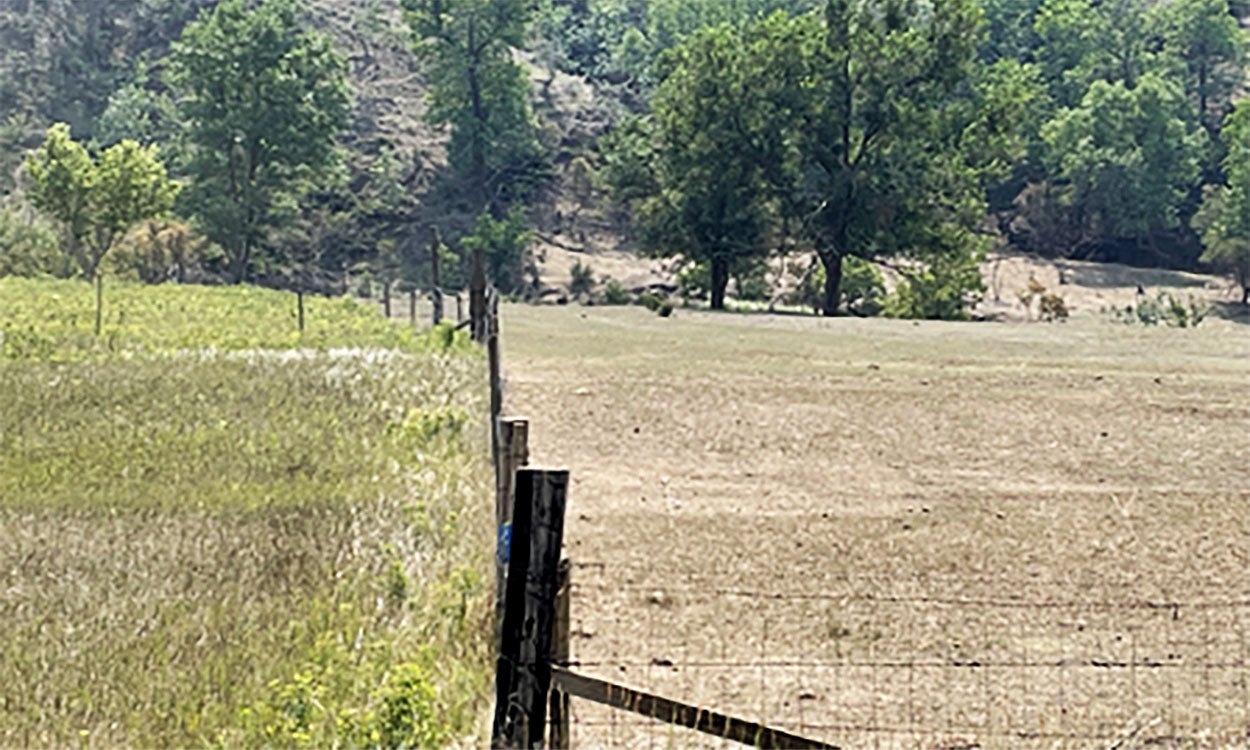
The Lasting Effects of Overgrazing on Rangeland Ecosystems
Overgrazing can cause various detrimental effects on rangeland ecosystems. Most of the effects are seen in the short term, but some are unseen and can be lasting.
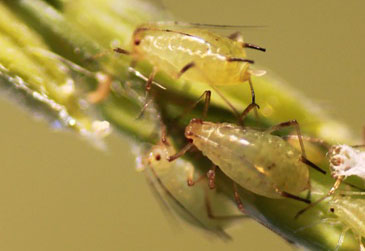
Continue Scouting Wheat for Aphid Populations
Aphid populations in winter wheat continue to be observed in South Dakota. The major questions now are whether or not aphid populations are at economic threshold and if spraying is really necessary.
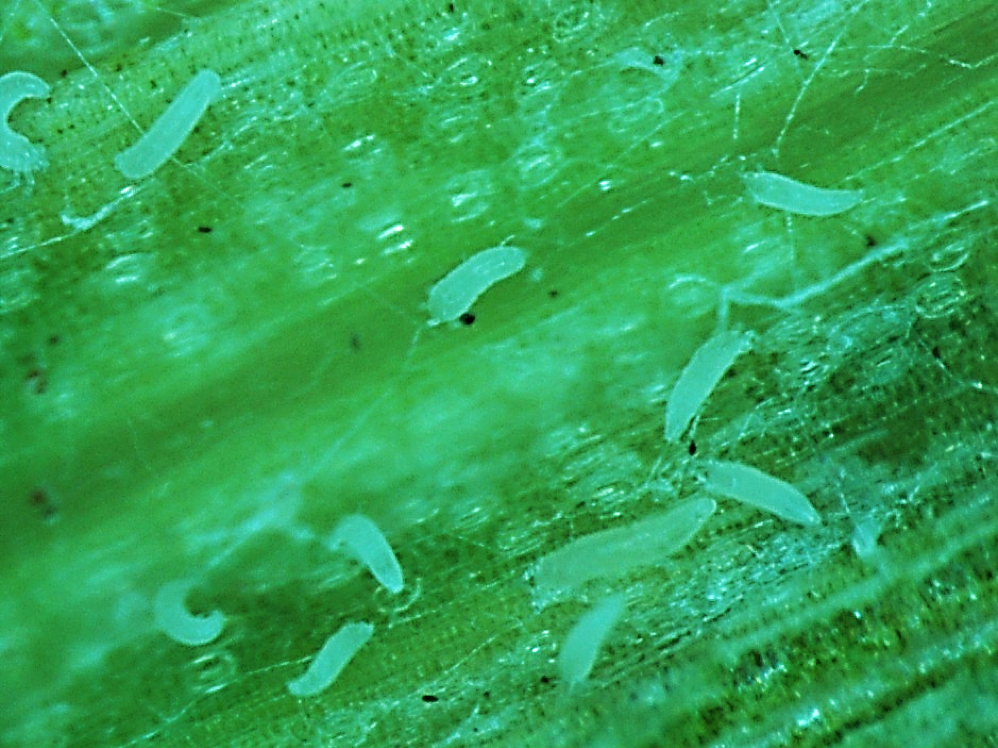
Wheat Streak Mosaic Virus is Prevented Before Planting Winter Wheat
Wheat streak mosaic disease (WSMD) is one of the important diseases in winter wheat and can lead to severe yield losses.

Headache Help
Headaches come with a variety of symptoms and in multiple forms, but it is up to you to know your body and understand the science behind headaches and how to prevent them.

SDSU Extension, McCrory Gardens start summer 2024 programming with Garden Discovery Festival
May 14, 2024
South Dakota State University Extension and McCrory Gardens will start its summer programming season with the Garden Discovery Festival on May 19, 2024.
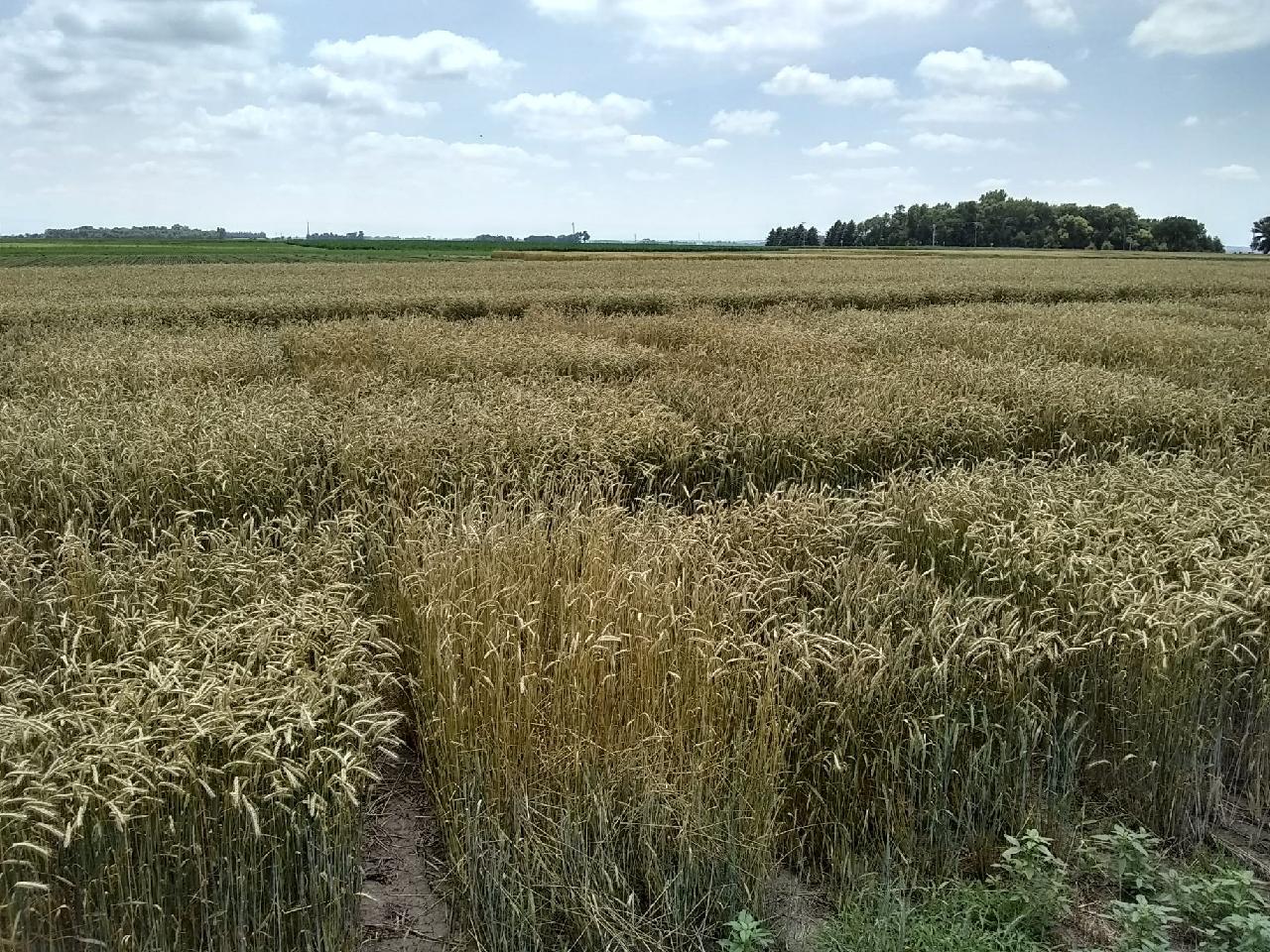
Rye Variety Trial Results
2025 Rye Variety Trial Results in South Dakota.

Foreign Grain Beetles in New Construction
As new homes are constructed around South Dakota, we continually receive questions about small, brown insects showing up in bathrooms and basements. These insects are foreign grain beetles.
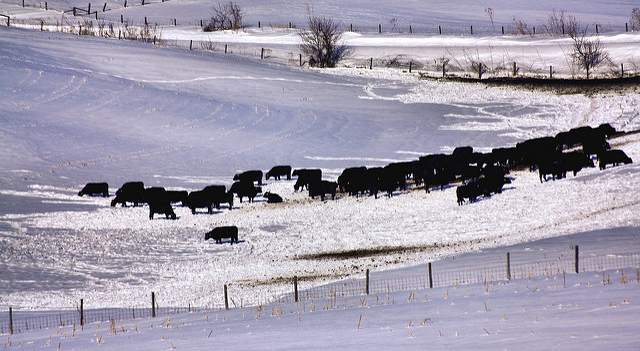
Are Your Cows Ready for the Last Trimester of Pregnancy?
We are beginning to enter the last three months of gestation for the majority of spring-calving cows in South Dakota, and there are a few questions that cattle owners should ask themselves in preparation.
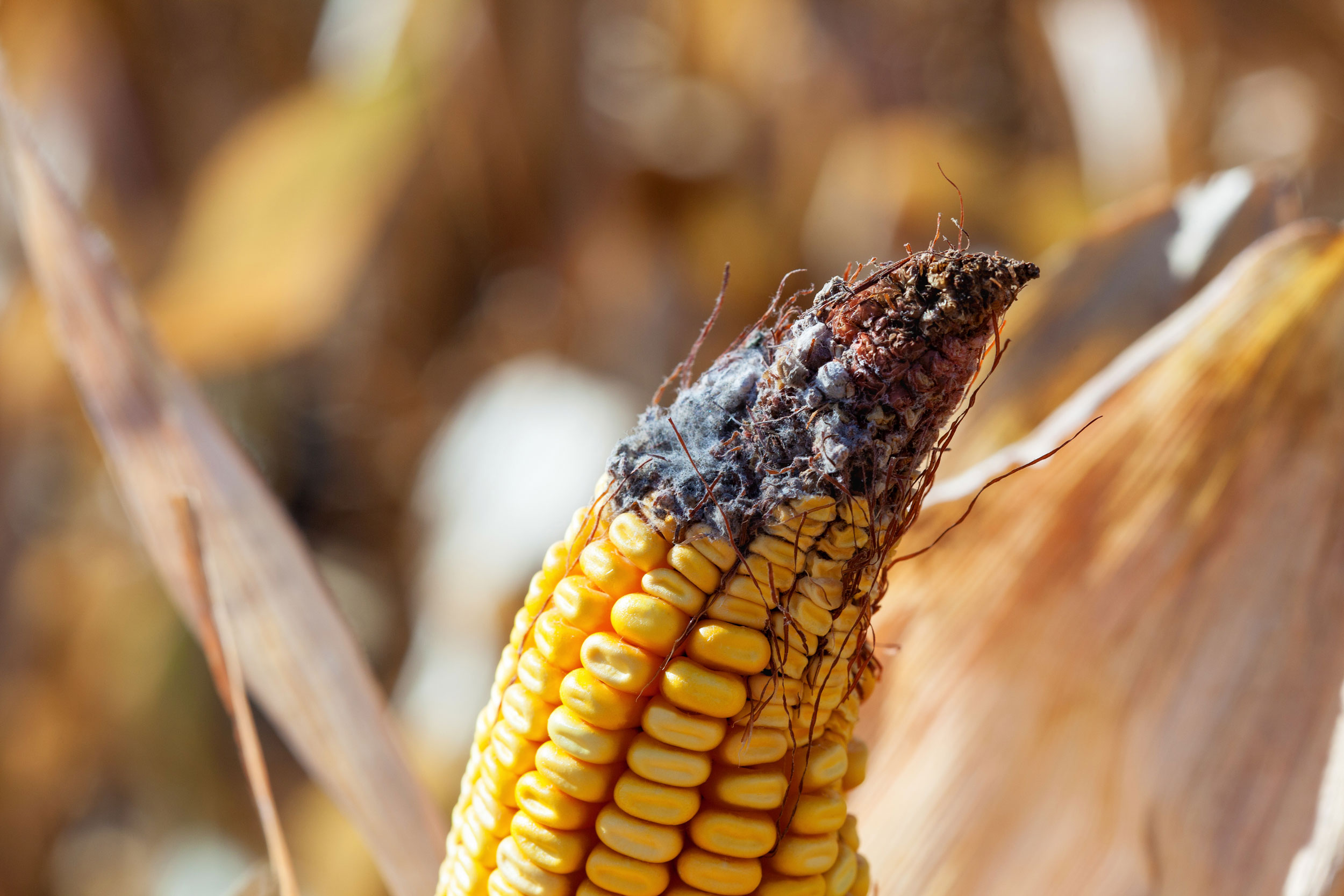
Can Livestock Utilize Moldy Grain?
While livestock producers know that moldy grain and forage are not ideal feedstuffs, they also know that stored feed occasionally contains a small amount of visible mold, and that their animals consume it with no obvious adverse effects. The question arises, how much mold is too much for a feed to be unsuitable for animals?